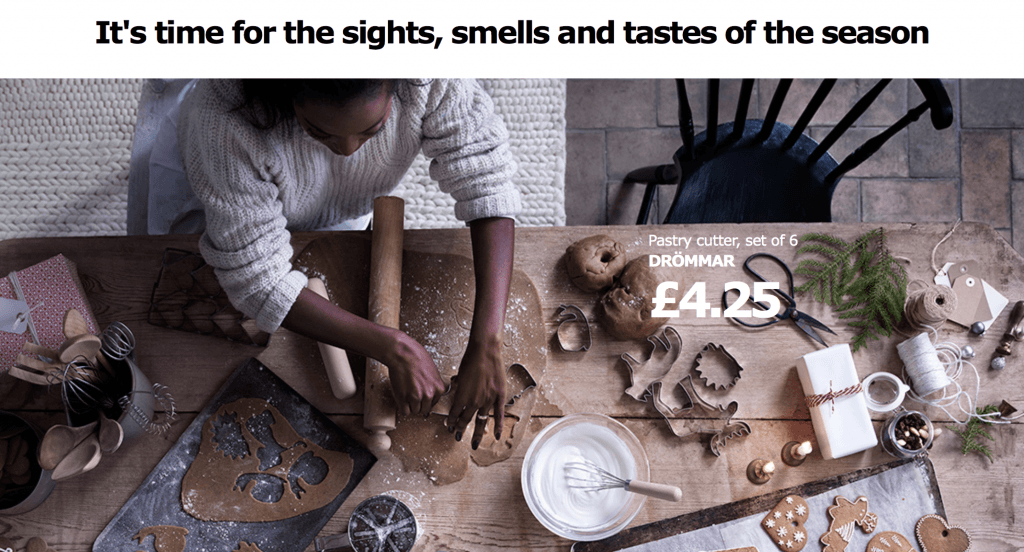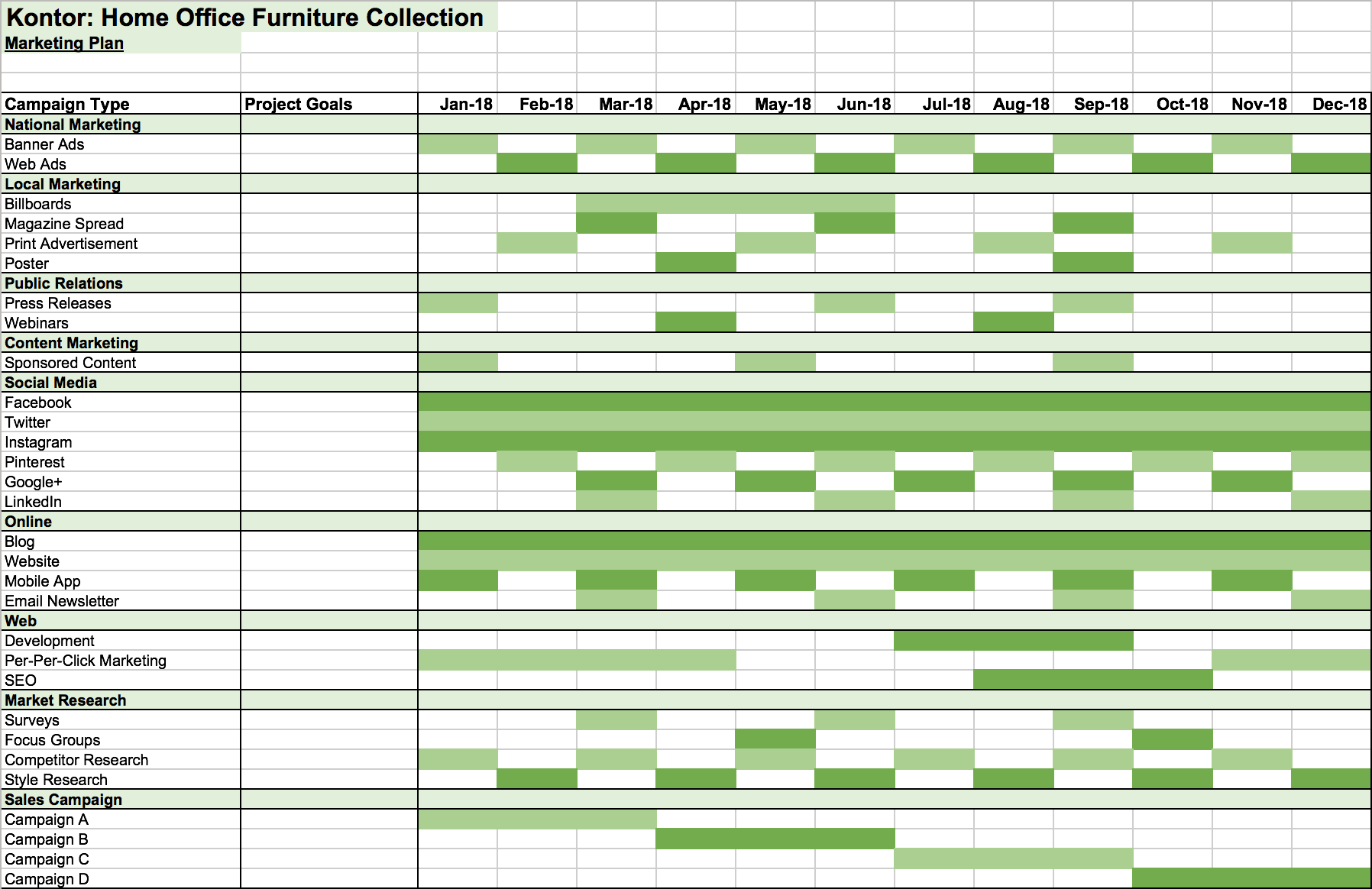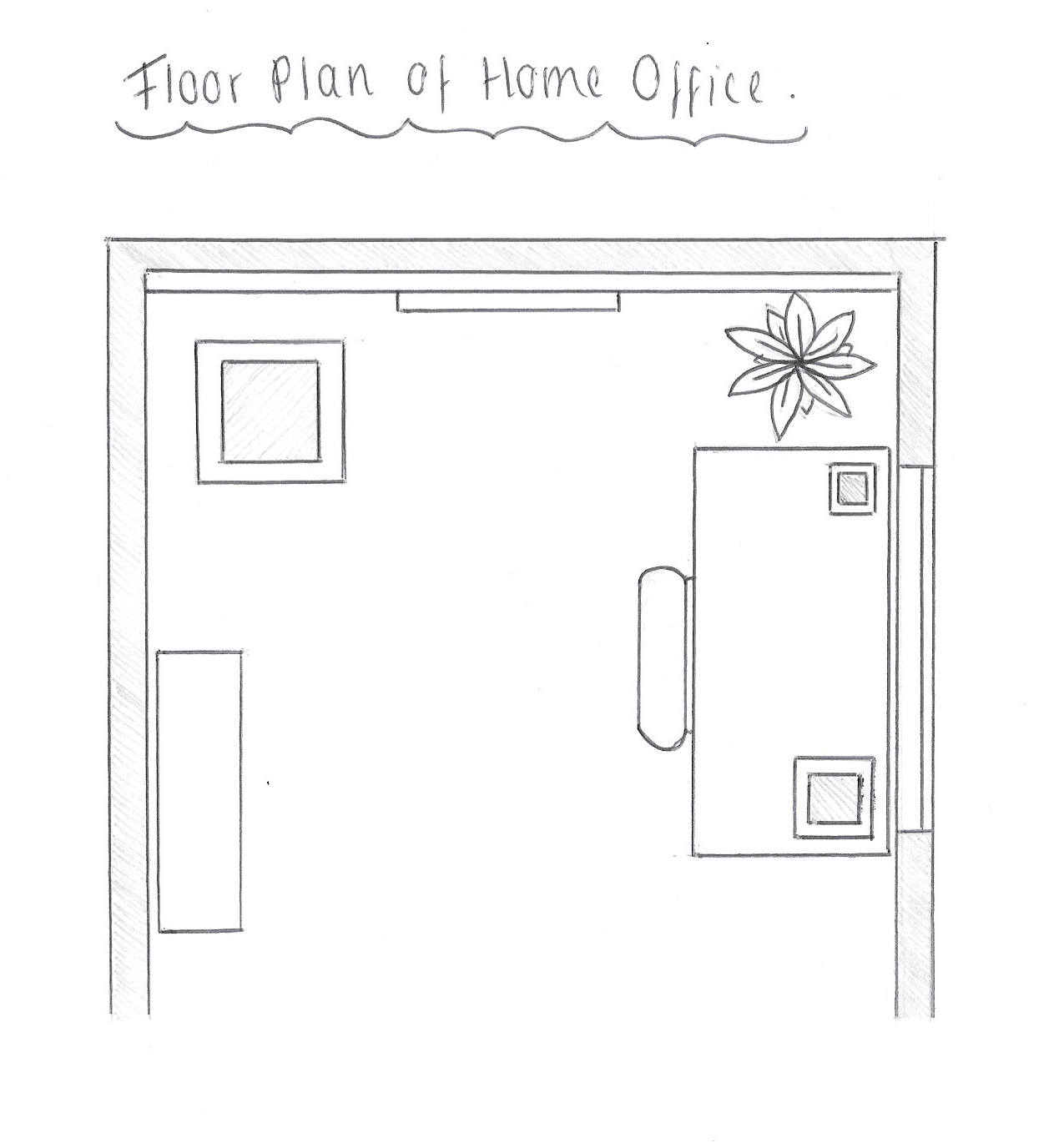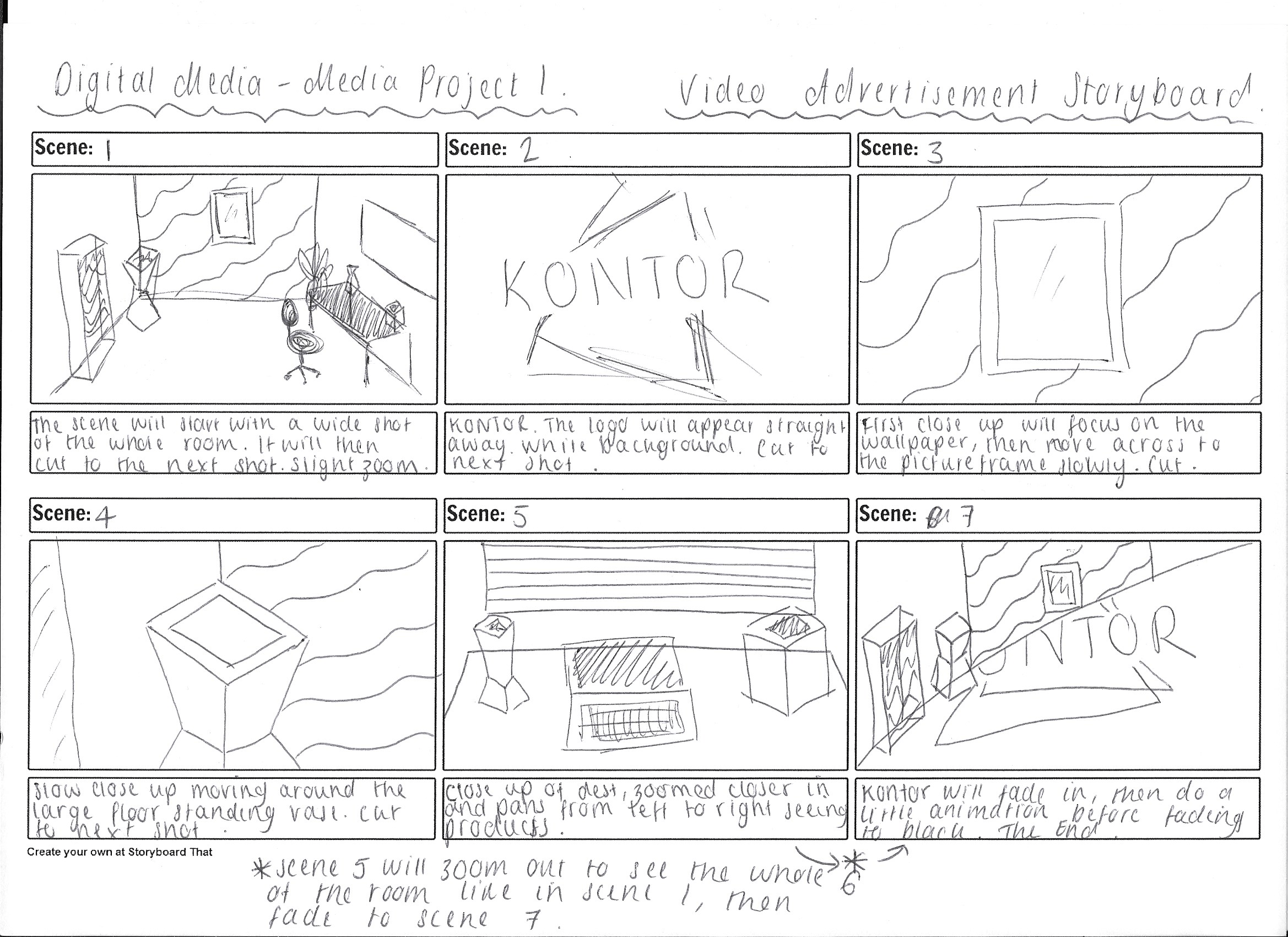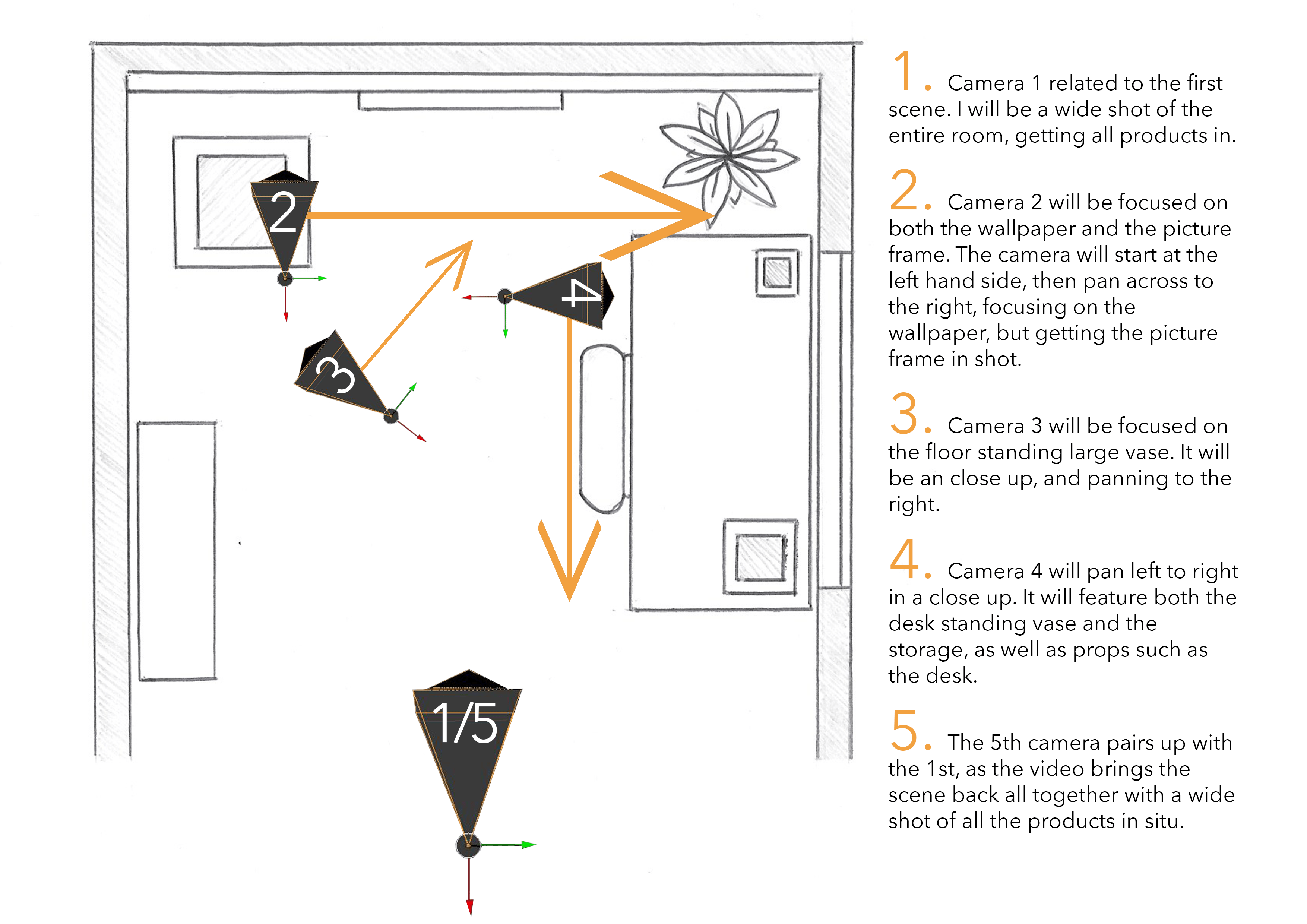A few articles are now stating that developing a digital marketing plan is the future for the furniture industry. An Ataxia article communicates how new home owners are living in a more immersive digital age, therefore furniture retailers need to stay on top of shifting consumer trends, advancements in online marketing initiatives and technology shifts (Ataxia, 2017).
Here is some research into how existing competitors market their products:
Below is a web advert which is advertising IKEA’s Christmas collection. IKEA is using two marketing methods here: web/online and campaign. IKEA have launched their Christmas collection around the appropriate time of year (November), in time for consumers to buy products ready for the most festive month (December). This advertisement is simple, yet effective; it uses products in situ, with minimal text to indicate what the collection is, without stating it directly. I aim to produce an advertisement like this, both for web and print, that will illustrate to consumers what the collection is without being too obvious, therefore leaving the consumers mind engaged and thinking about the Kontor brand.
Below is a web page of IKEA advertising their YPPERLIG collection. IKEA are using a web and online method of marketing and linking this directly with the ability for consumers to buy the products online.

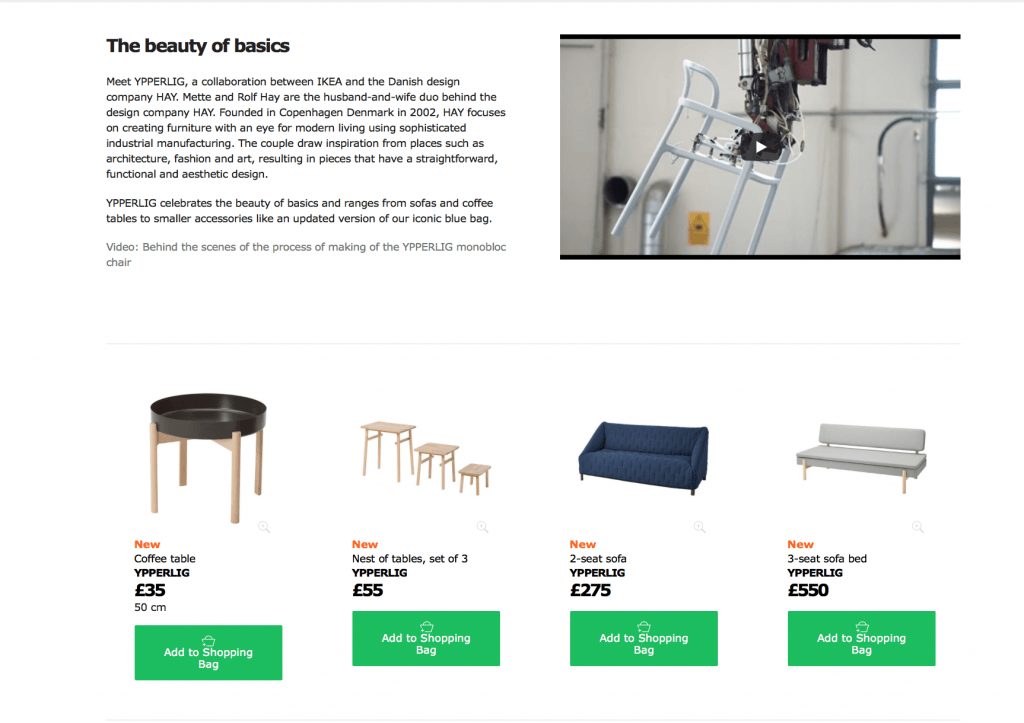
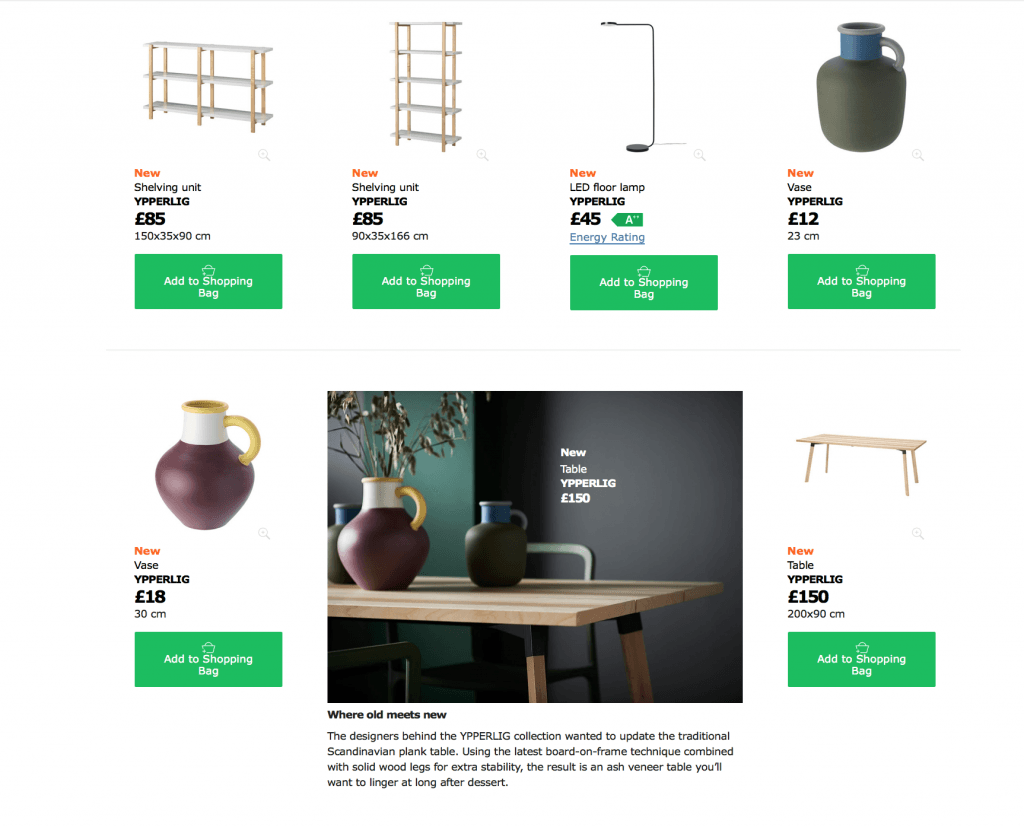
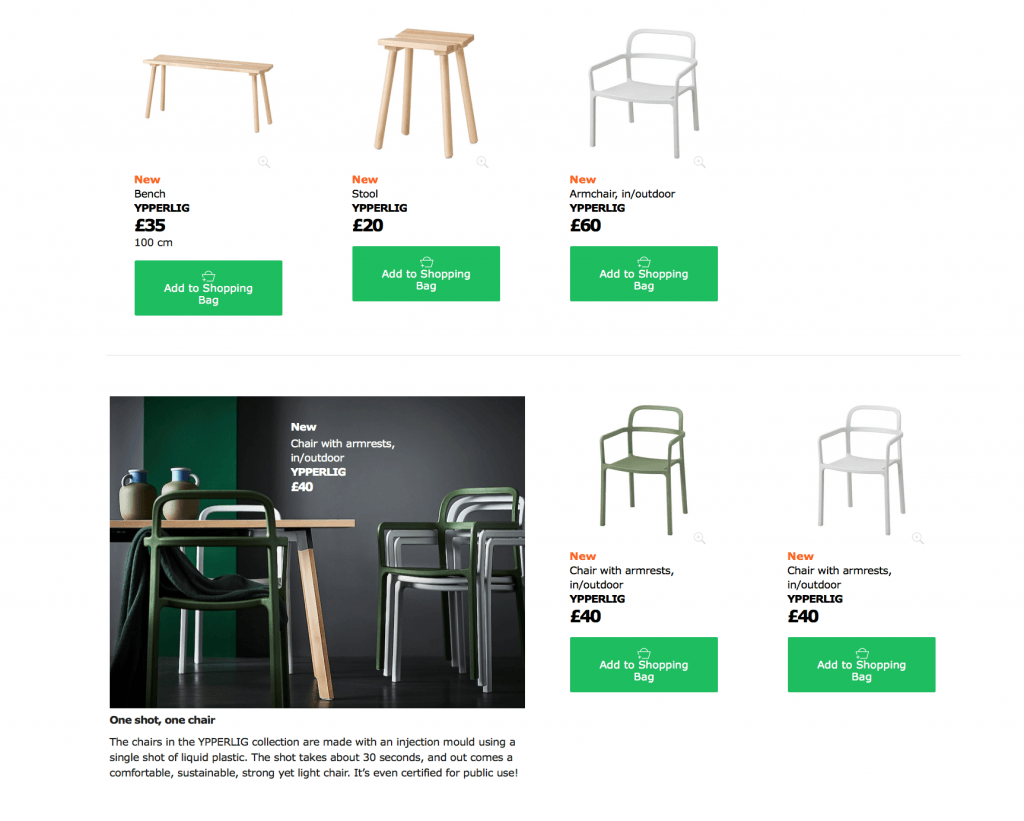
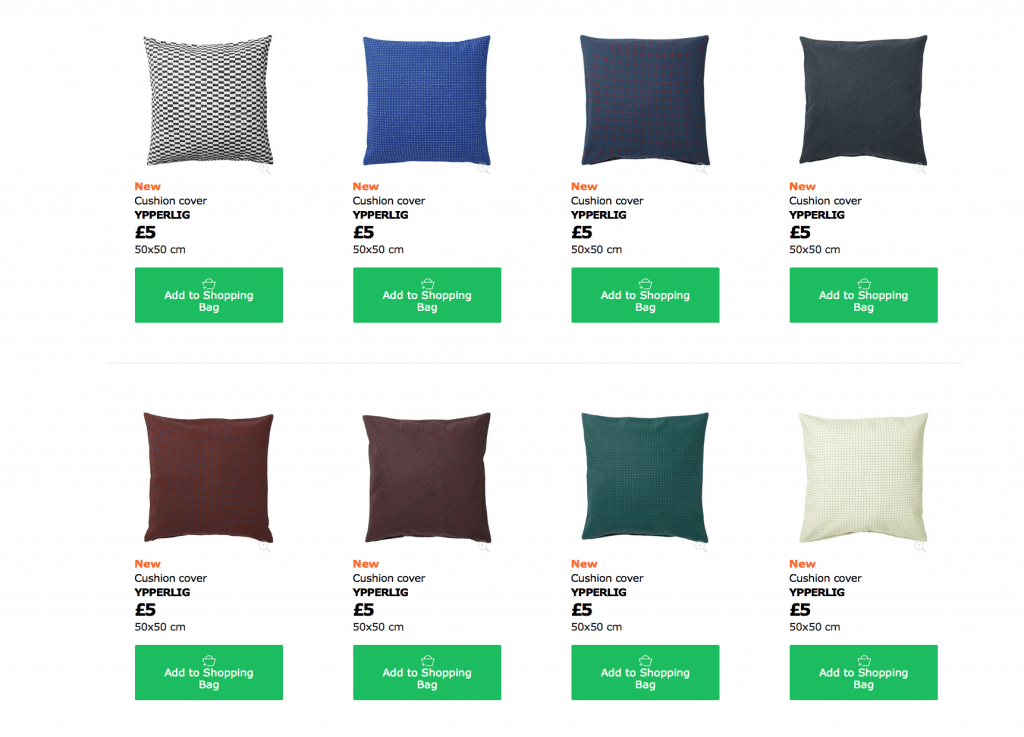
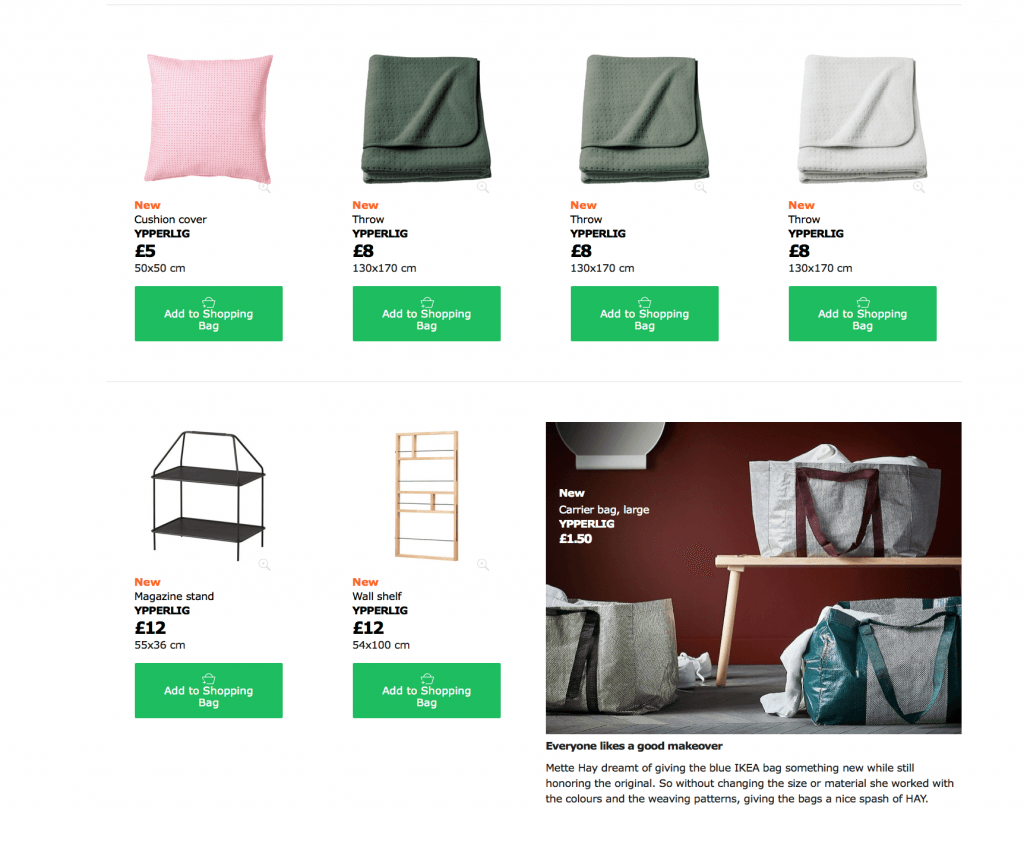
Made.com produced a short 20 second video, which they use on their website and scheduled on TV. This video uses a minimalistic approach there only two things are in shot at any time: a furniture product and a consumer. This is an effective marketing strategy as it reaches people who are online and offline on a national scale.
As Made.com is all digital based, there are no print advertisements produced, however, they have a strong Facebook presence with 1,075,995 (Made.com, 2017) likes and a large Twitter following of 33,100 users (Made.com, 2017).
‘Banner ads on websites or in apps continue to generate significant revenue. In fact, banner ad revenue is expected to grow at 7% compound annual growth’ (Ironpaper, 2017). This therefore shows a positive outreach as a marketing strategy and is something I wish to adopt in the advertising and marketing of Kontor. Below are some examples of existing banner advertisements:







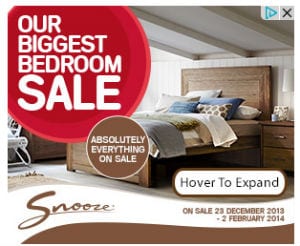
Even though the print media industry is facing an uphill struggle with increasing competition from the internet and digital platforms, spending on items such as magazine spreads are at a high of 8.65 billion, with gigantic organisations still advertising their content in this manner such as L’Oréal (Statista, 2017). Below are some examples of furniture being advertised using print as a marketing strategy:
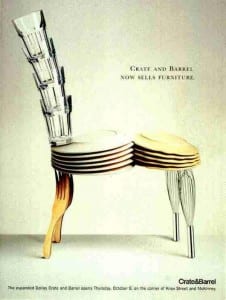

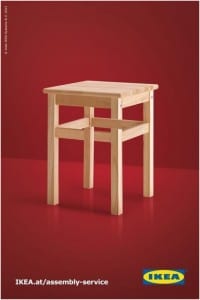
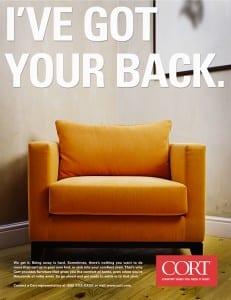
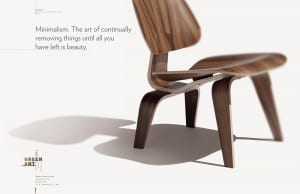

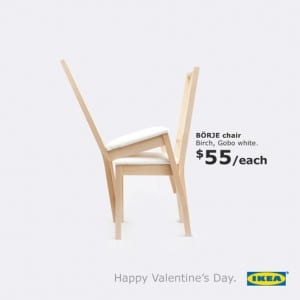

However, examples seen above are just for one item of furniture. This is still vastly useful as I can look into advertising each piece of the collection separately, therefore consumers are able to purchase one object if they do not want to buy whole collection. Nonetheless, it is still highly useful to see the collection as a whole in advertising to market the brand and increase awareness of the different products. Below are some examples of furniture collection print advertisements:
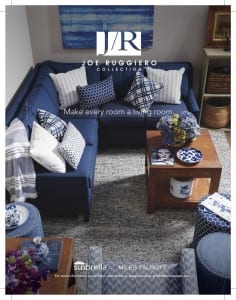


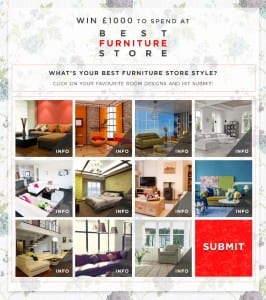
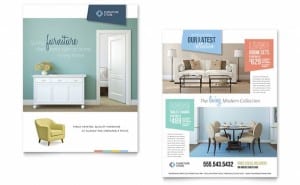

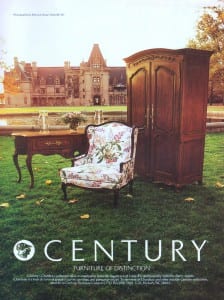
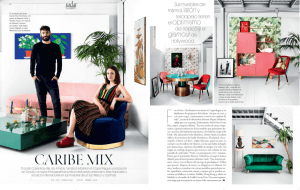
Bibliography:
Adtaxi (2017) Developing a Digital Marketing Plan in the Furniture Industry. Adtaxi. Available from http://www.adtaxi.com/2017/05/10/develop-digital-furniture-marketing-plan/ [accessed 15 November 2017].
Ironpaper (2017) Banner Advertising Stats and Trends for 2017. Ironpaper. Available from http://www.ironpaper.com/webintel/articles/banner-advertising-stats-and-trends-for-2017/ [accessed 15 November 2017].
Made.com (2017) Made.com’s homepage [Facebook]. 15 November. Available from https://www.facebook.com/Madedotcom/ [accessed 15 November 2017].
Made.com (2017) Made.com’s twitter feed [Twitter]. 15 November. Available from https://twitter.com/madedotcom?lang=en [accessed 15 November 2017].
Statista (2017) U.S. Print Media Industry – Statistics & Facts. Statista. Available from https://www.statista.com/topics/1052/print-media/ [accessed 15 November 2017].

